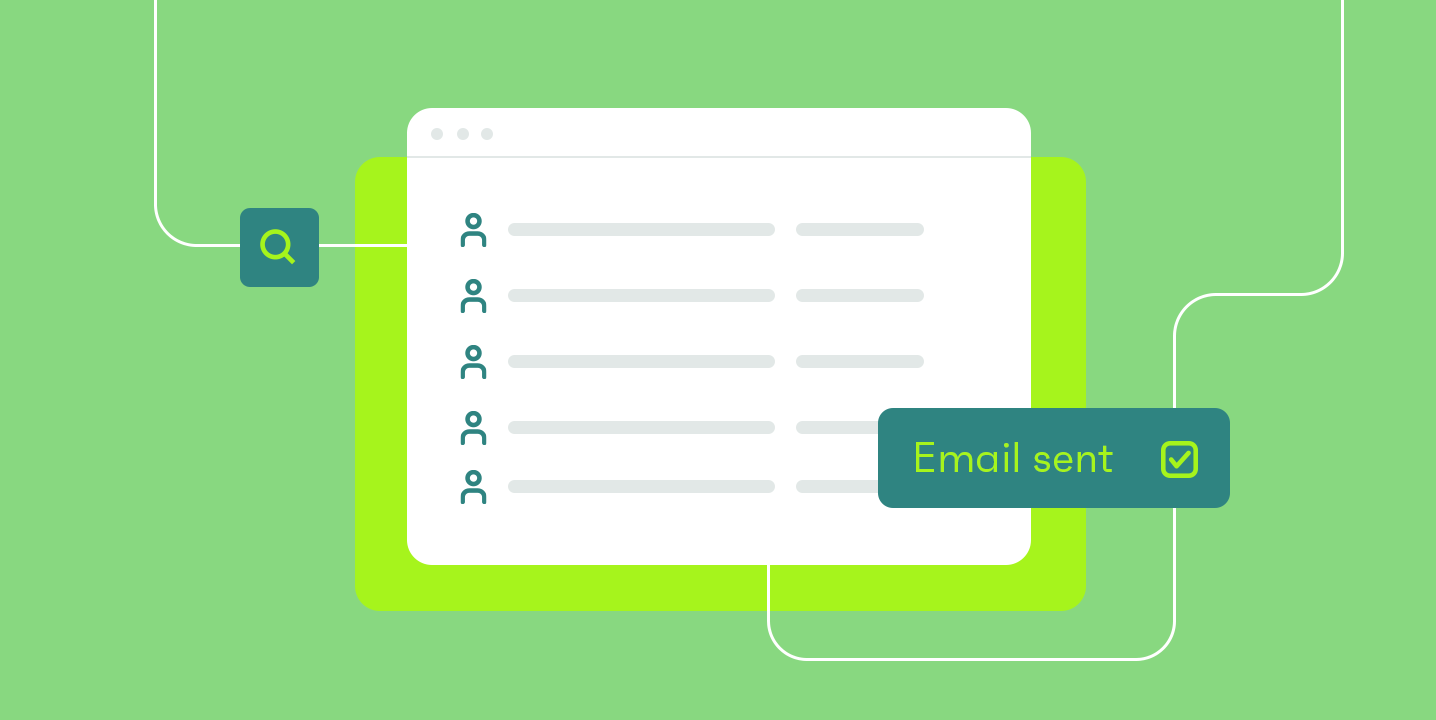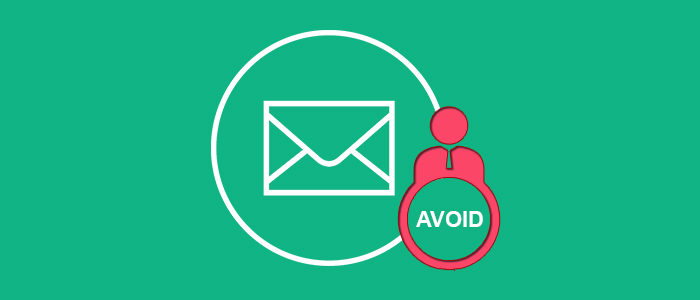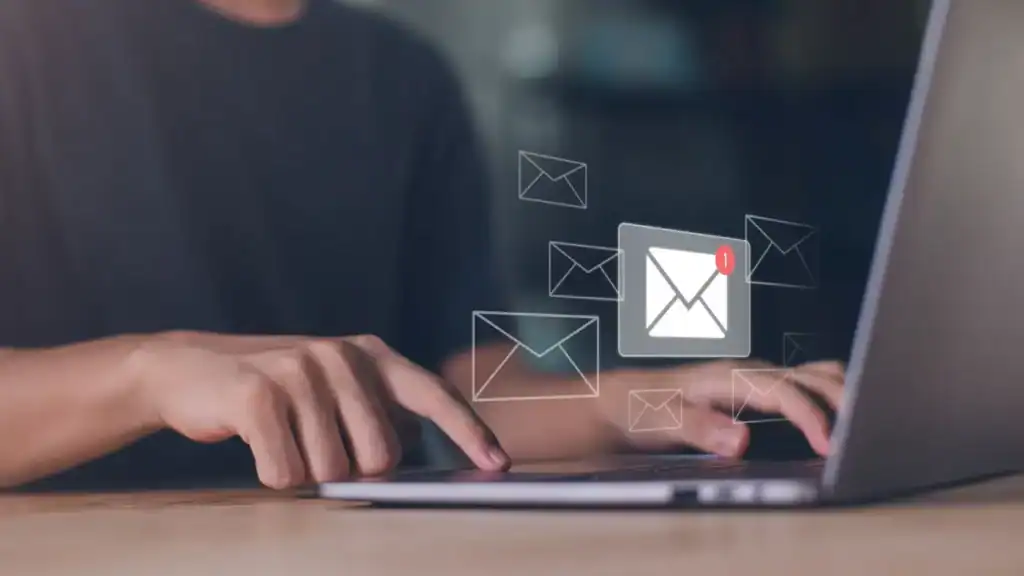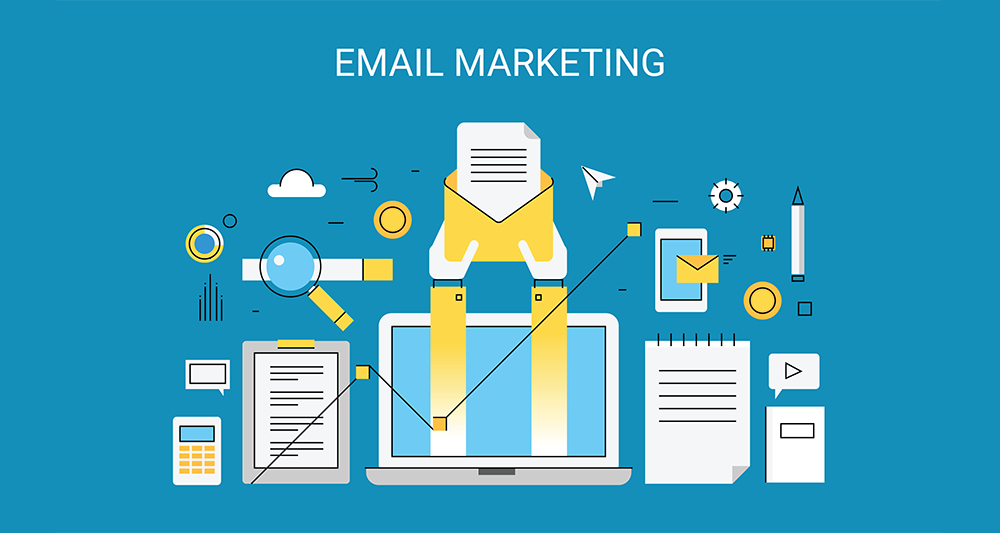Map customer journeys with intention
Understanding how your customers interact with your brand helps you send the right message at the right time. This connection builds long-term relationships and highlights the reasons your key performance indicators shift.
A customer’s journey reveals how they discover your business, move toward a purchase, and what happens afterward. This path is rarely linear. People may face hurdles that delay buying decisions—or they may receive content that nudges them closer to conversion, loyalty, or subscription. That’s why a thoughtful email strategy requires a deep understanding of your customer journey.
The 5 stages of the customer journey
These stages often mirror key points in the customer lifecycle and offer a useful framework for mapping your strategy.
Acquisition
This is when a person first joins your audience—usually after discovering your business and signing up for your emails or following you online. Make a strong first impression with an automated welcome series. Use this moment to share your brand’s value, clarify what they can expect, offer a discount, and collect more data like their birthday or preferences.
Consideration
Here, a customer is evaluating whether to buy from you. Maybe they browse your site and even add items to their cart—but then leave without purchasing. Automated abandoned cart emails can recover these potential sales. Add urgency by noting low stock or build trust with customer reviews.
Purchase
Communication is crucial at the point of sale. Send order confirmations, thank-you emails (especially for first-time buyers), and personalized product follow-ups. Include recommendations to boost future engagement.
Retention
Customer loyalty builds long-term success. Offer exclusive discounts, celebrate milestones like birthdays, and request feedback. These efforts show appreciation and can keep high-value customers engaged with special content and early access to new offers.
Re-engagement
When customers go silent, it’s still a chance to connect. Use the anniversary of their subscription or special offers to bring them back. Remind them of their value to your brand through thoughtful outreach.
Use data to inform your strategy
To map and improve customer journeys, data is essential. Start by segmenting your audience based on behavior and demographics. Then analyze common touchpoints to understand how different groups interact with your brand.
Customer journeys vary by business model and individual behavior. But with strong segmentation and behavioral insights, you can tailor journeys that align with your audience’s motivations.
Conversion rate optimization (CRO) tools can reveal how users interact with your website—what grabs attention and where drop-offs happen. Combine this with email reports and website analytics to strengthen points of engagement and address weak spots in the user experience.
Identify and remove barriers
To improve your funnel, focus on uncovering the obstacles that prevent conversions.
Motivational
These arise when customers lose interest or change their minds. You can often re-engage them with better content or well-timed emails, such as reminders for abandoned carts.
Experiential
Poor UX—like a frustrating checkout or broken email—can push users away. Collect feedback to find out where customers get stuck, then use email to request their input and improve the experience.
Temptation
Competitor offers can lure your customers away. Analyze drop-off points and pair this with competitor research to understand where you may be losing ground.
Combine data with empathy
It’s easy to reduce customers to numbers, but they’re people first. Use data and automation to detect issues, but rely on human insight to interpret the “why” behind the behavior. When you blend analytics with empathy—and listen to feedback—you gain a clearer picture of your audience.
With a defined journey, strong data, and real customer input, you can build smarter, more effective email campaigns.




